08:31, August 7, 2023
The sharp increase in Dak Lak durian prices at the beginning of the 2023 crop has caused much concern for professional agencies, businesses and farmers. In this context, strengthening the connection between growing areas and exporting enterprises is considered the optimal solution to maintain the stability of the durian industry for long-term development.
Farmers are both happy and worried.
For more than 10 years of growing durian, Mr. Y Ly Knul (Jung hamlet, Ea Yong commune, Krong Pac district) has never seen prices increase as quickly and as high as they do now. Although it is not yet the main season, his family's nearly 1 hectare durian garden has many traders coming to offer prices and sign purchase contracts. Many traders come to the garden to buy Dona and Ri6 durian at an average price of 80,000 VND/kg, the highest price ever. Although excited about the high price of durian, the family has not yet decided on a price because they are worried about what the price will be like at harvest time.
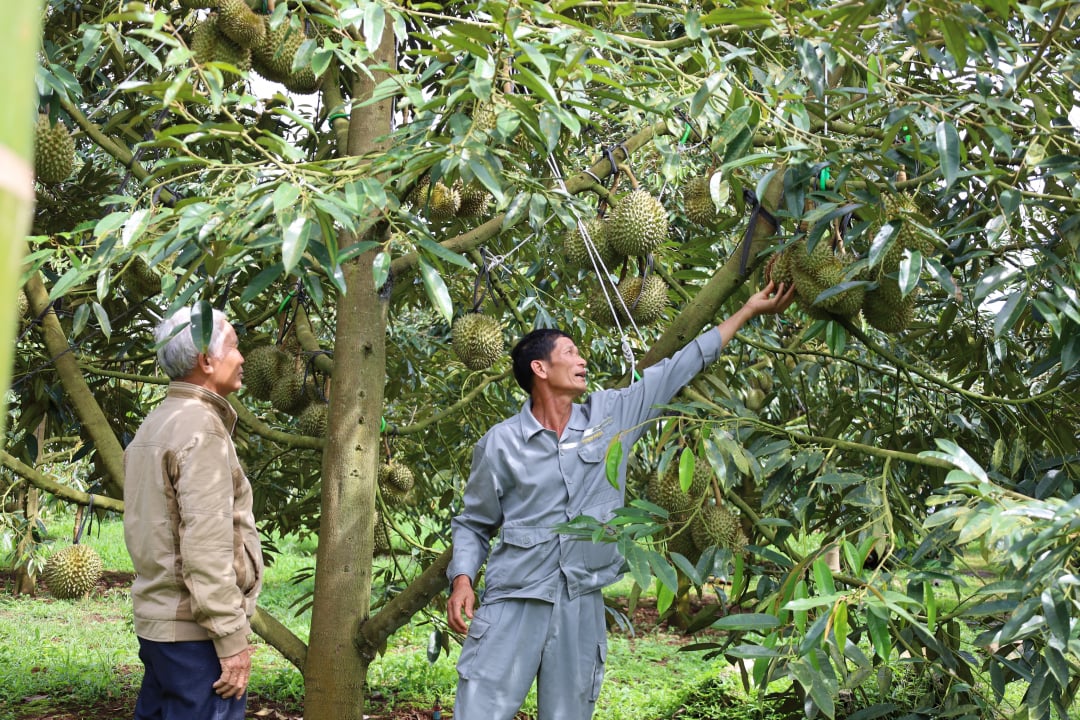 |
| Durian garden of a household in Ea Ngai commune (Krong Buk district). Photo: Minh Thuan |
Similarly, in Ea Kenh commune (Krong Pac district), many farmers are also excited when durian prices increase sharply. Mr. Nguyen Ba Tho (Tan Trung village) said that every year the price is also high but not to this level. “Psychologically, people are extremely excited and happy. However, farmers like us often have to face the situation of "good price, bad harvest" and vice versa. That is why I want the price to be stable and can be stable every year, the situation of fluctuating prices will make farmers live in a state of anxiety and worry,” Mr. Tho confided.
Krong Buk district has 1,500 hectares of durian with an output of about 70,000 tons, mainly Ri6 and Dona durian varieties. Currently, many households are very happy when the price of durian increases. However, it will take more than a month for durian in this area to be harvested, so households are very hesitant and worried because the price is increasing every day, so they are not in a hurry to finalize the price with buyers.
Mr. Ta Van Chuc (village 4, Ea Ngai commune, Krong Buk district) said that his family has 4 hectares of durian that have just been harvested for the first year, with a yield of about 50 - 60 tons. The garden will be ready for harvest in 50 days, but the purchase price at the beginning of the season has increased significantly compared to many years. Currently, the family is very hesitant, so they have not yet decided on a selling price with traders but are waiting to negotiate a price with the purchasing unit.
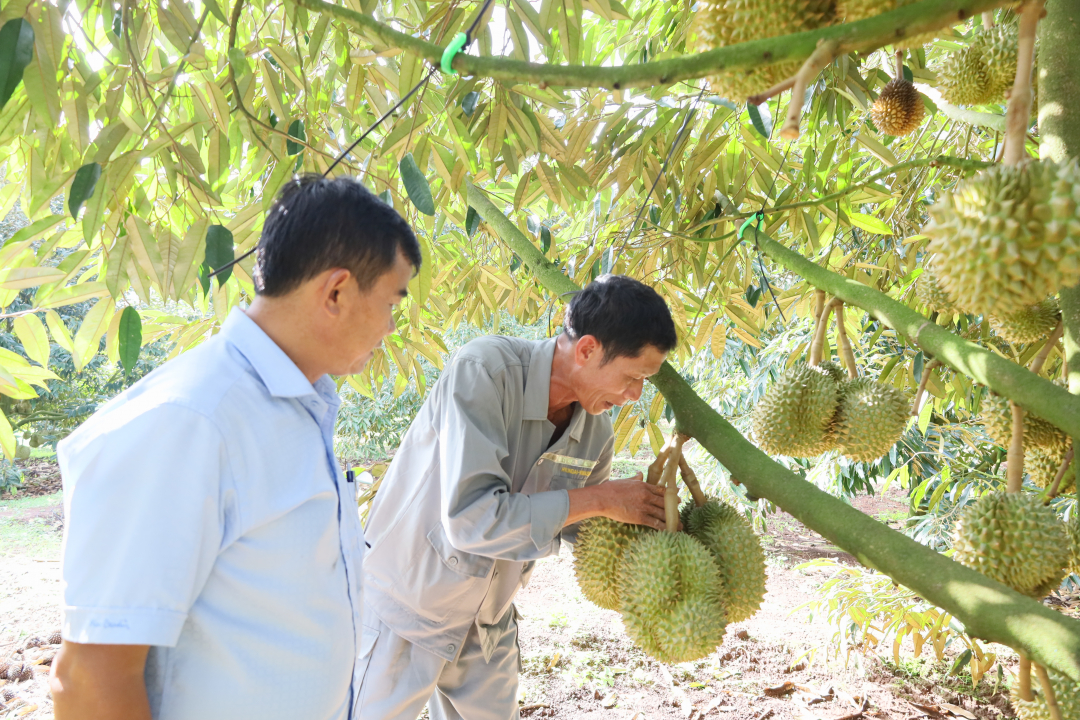 |
| Durian garden of a household in Ea Ngai commune (Krong Buk district). Photo: Minh Thuan |
Need to tighten chain linkages
Dak Lak Durian Association recommends: To avoid future conflicts of interest, members who are farmers and cooperatives when signing commercial contracts need to carefully check and evaluate the capacity of the exporting enterprise; where the packaging facility is located, what is the scale of production. In particular, whether the enterprise is qualified to be assessed and exported directly by Chinese Customs or not. People and cooperatives should also give priority to enterprises that are qualified to pack locally. |
Up to now, Vietnam has exported durian to more than 20 markets. The quality of Vietnamese durian is highly appreciated by consumers and the price is reasonable, so it can compete with some countries such as Thailand, Malaysia, etc. Among them, China is a market with a lot of potential and increasingly favors durian. The official export of durian to the Chinese market is a great success for the Vietnamese durian industry in general and Dak Lak province in particular. This is both an opportunity and a challenge for industries, levels, businesses and farmers. Because in order to export durian sustainably, it is necessary to build a production chain so that the steps of establishing growing areas, setting up packaging facilities, and the production process, packaging products, controlling harmful organisms, etc. are carried out smoothly, meeting the requirements of importing countries. However, in the context of "hot" increase in durian prices, there are certain impacts on newly established chains and there is a risk of breaking.
According to Ms. Nguyen Thi Xuan Huong, Director of Huong Cao Nguyen Agricultural Production and Service Joint Stock Company (Buon Ma Thuot City), the current situation of the durian industry, although favorable, is a challenge for businesses and farmers, especially in the production linkage model. In particular, the price of durian at this time is unstable and there are many different prices on the market, causing many households to see immediate benefits and break production linkages with businesses. Therefore, specialized agencies, authorities and businesses must join together to propagate to people to understand the current situation as well as the practical benefits of participating in the linkage chain in the context of a saturated market, not in a period of vibrant development as at present.
As for Huong Cao Nguyen Company, it has now linked up with 80 households of 5 cooperatives in the following areas: Cu M'gar, Ea H'leo, Krong Buk and Buon Ho town, with an area of 300 hectares, output of 5,000 - 6,000 tons. Currently, many other businesses have come to discuss with the cooperatives, but no household has agreed to sell to the outside, because the members of the association highly agree with the implementation of a long-term, sustainable association model. That is an advantage that the enterprise has created in building and connecting the growing areas.
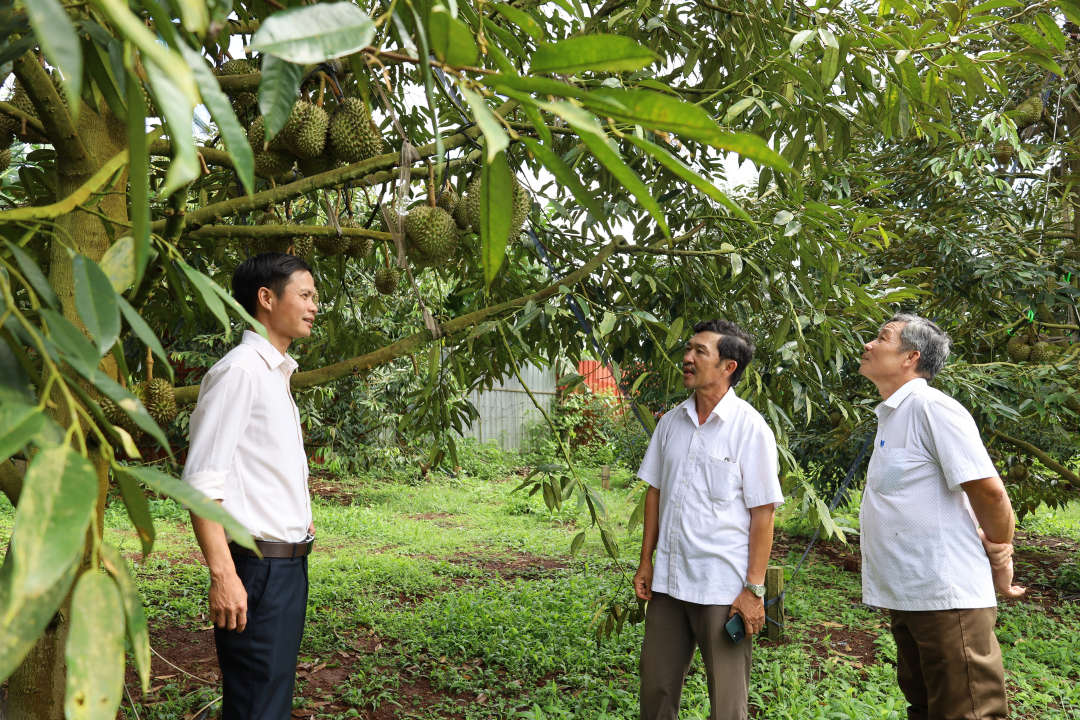 |
| Officials of the Department of Agriculture and Rural Development of Krong Buk district surveyed durian gardens in the district. Photo: Minh Thuan |
Ms. Nguyen Thi Minh Huong's household (member of Buon Ho Agricultural Cooperative) said that her family has 5 sao of 10-year-old durian, with an estimated yield of 12 tons. Instead of choosing to sell at a high price like other households, she decided to sell to businesses that are linked to the cooperative. She believes that this way of linking will help farmers sell at a stable, long-term price and still ensure profits. Because in reality, every year there is a situation where durian brokers "anchor" the garden, abandon the stake, causing great damage to growers. When the garden is "anchored" for too long, when the harvest season is in full swing, people are forced to sell off to clear the garden at a price about 15-20% lower than the market price.
According to export enterprises, in Dak Lak alone, the area of durian for harvest accounts for about 40%. In the next three years, this area will double or triple; and if calculated for the next five years, the output will increase many times over the current level. Therefore, local authorities and the Dak Lak Durian Association need to sit together and urgently come up with solutions to create a sustainable strategy. Enterprises need to link up with gardeners and cooperatives, and share profits for sustainable development. The durian industry needs to learn from experience, select methods and unite with each other so that it will not be afraid to compete with other countries.
Mai Minh Thuy
Source








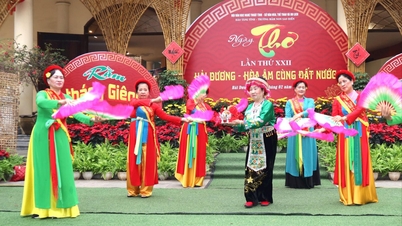

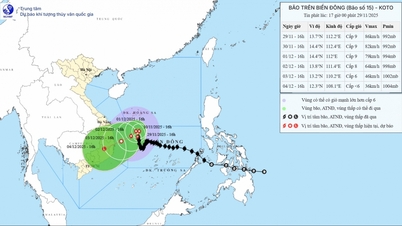

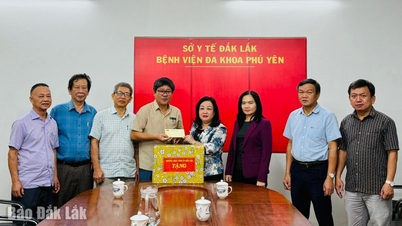

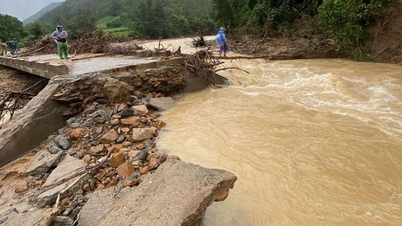

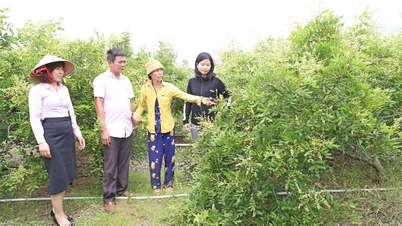




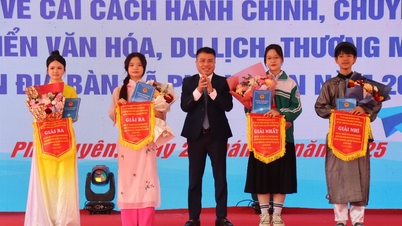
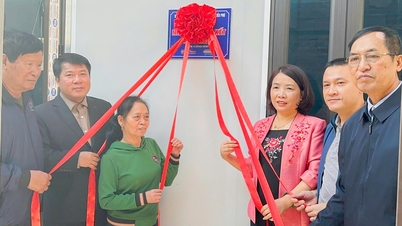
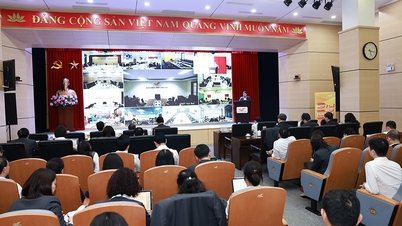

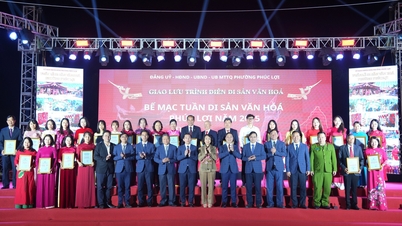



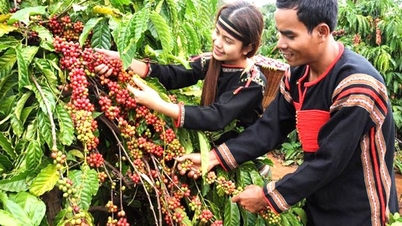



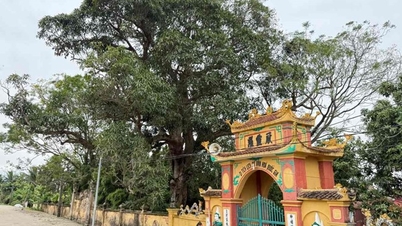




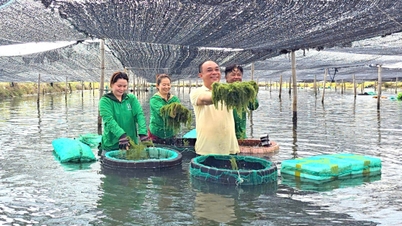



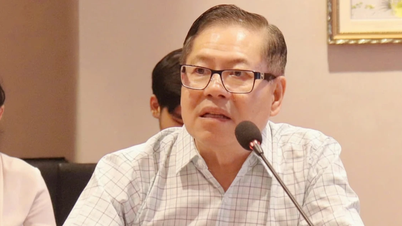

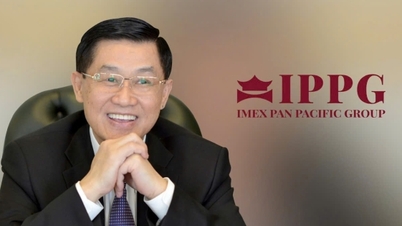









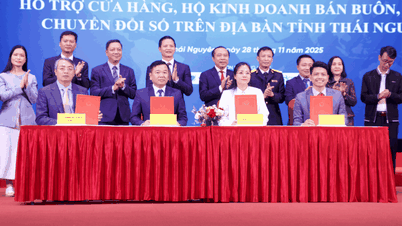








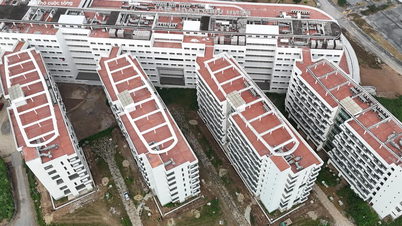

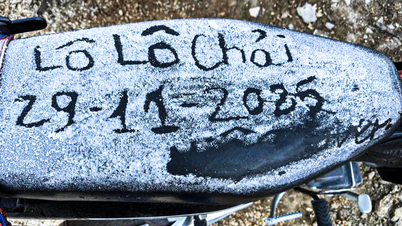



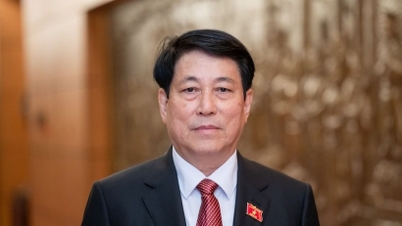


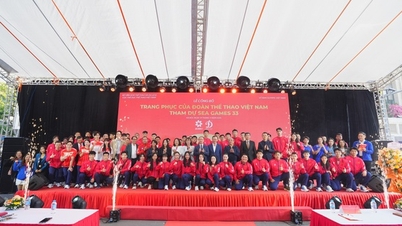

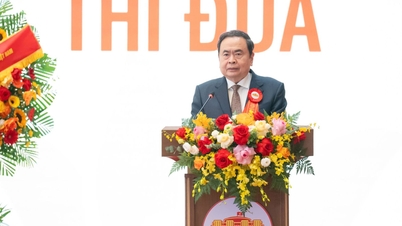



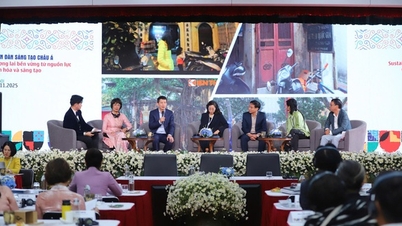
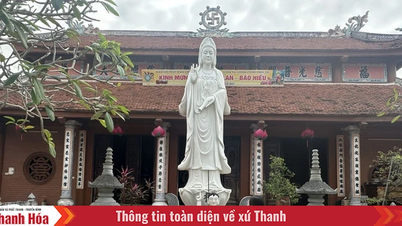

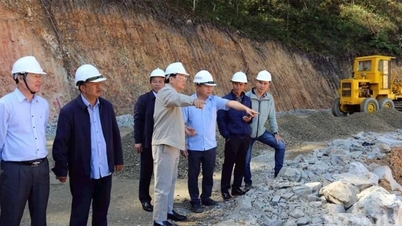

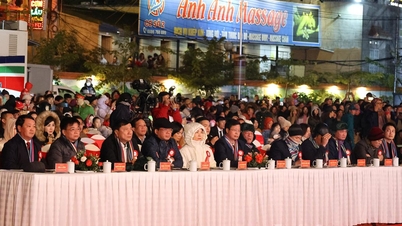



















Comment (0)